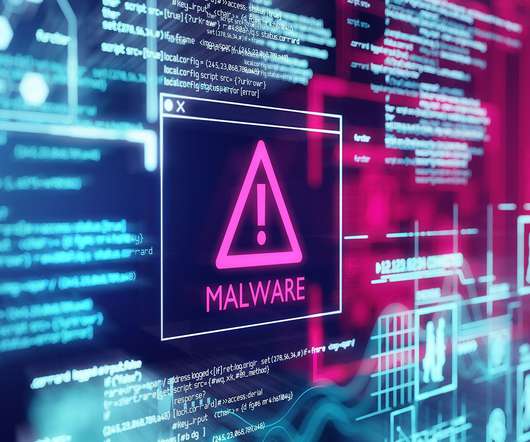Malvertising Is a Cybercrime Heavyweight, Not an Underdog
SecureWorld News
MARCH 29, 2024
This ends up executing sketchy code that installs viruses, ransomware, spyware, or adware behind the victim's back. Cybercriminals can then exploit the compromised device for various purposes, such as stealing personal information, conducting financial fraud, recruiting it into a botnet, or encrypting data and holding it for ransom.












Let's personalize your content